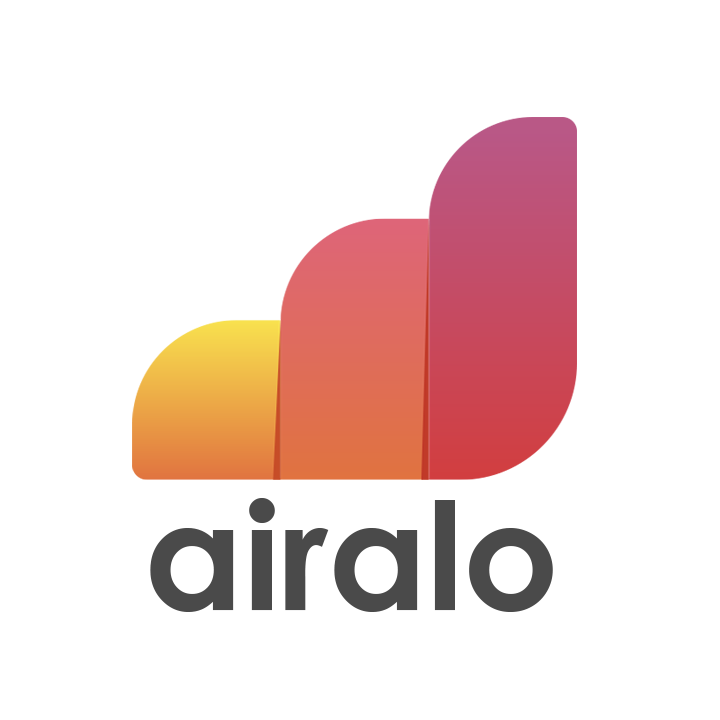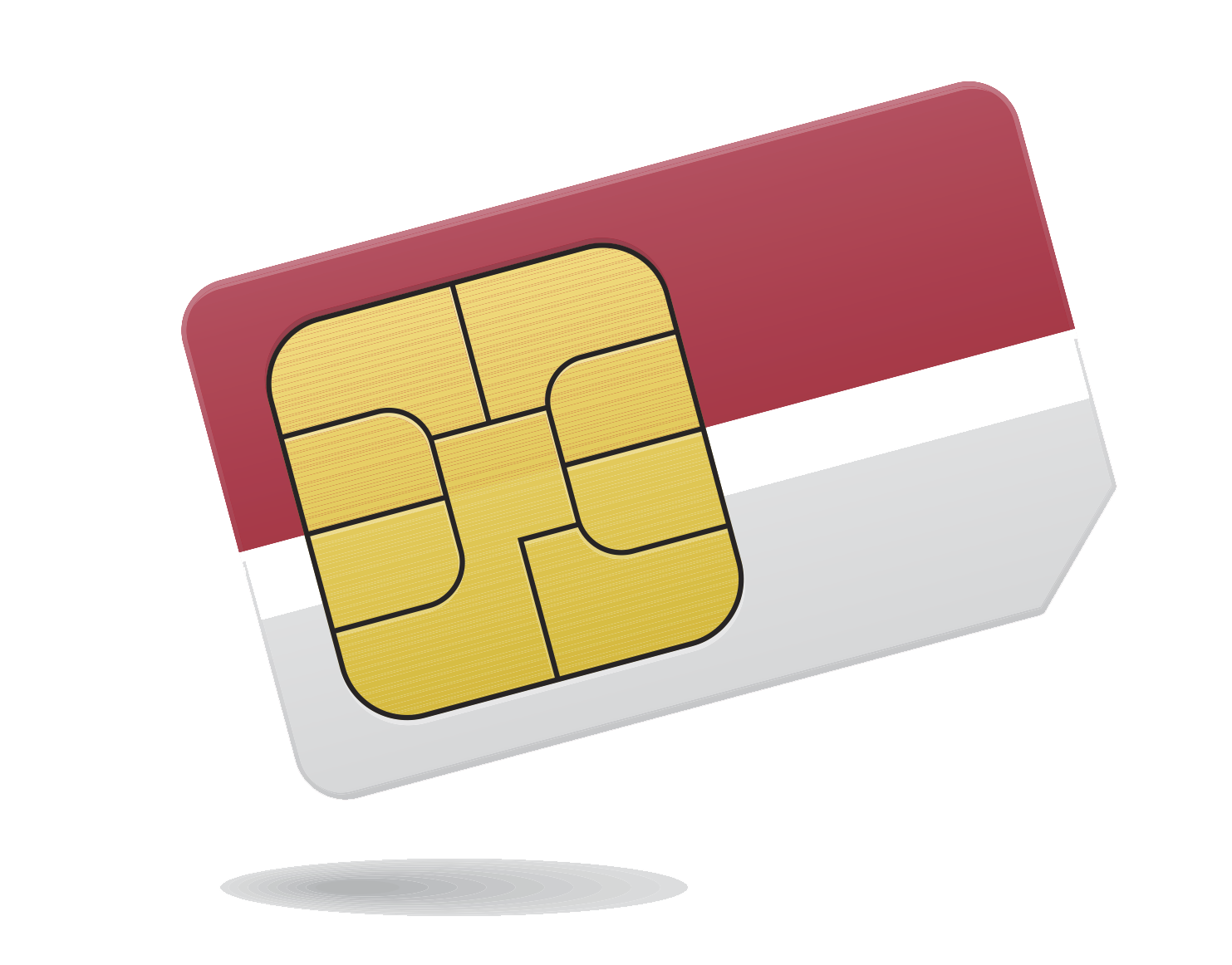
Stay Connected in Canada
Navigate, share, and stay in touch with our comprehensive eSIM guide for Canada.
1Introduction to Canada as a Travel Destination
Canada is a high-tech country, but new international travelers may find mobile plans pricey. This guide helps you stay connected affordably while traveling in Canada. We'll cover how to get internet in Canada for tourists, including the best eSIM options and local SIM card choices. Travelers can choose between using an international eSIM (digital SIM) or buying a Canadian SIM card upon arrival. Each approach has pros and cons for short-term tourists and long-term visitors.
2Mobile and Internet Infrastructure
Canada's mobile network infrastructure is advanced, with widespread 4G/LTE and growing 5G coverage in cities. The big three carriers – Rogers, Bell, and Telus – cover approximately 99% of the population.
Urban areas and major highways have strong signals, including 5G in many cities. Rural and remote regions (northern Canada, mountains, etc.) may have spotty service on some networks. Bell and Telus share many cell towers, giving them better rural highway coverage, while Rogers may have more limited reach in very remote areas. In general, coverage is reliable in populated areas, but if you venture far off-grid (national parks or far north), expect areas with weak or no signal.
Network Providers Overview
| Provider | Coverage | Notes |
|---|---|---|
| Rogers | Excellent coverage in urban areas and most populated regions | May have limited coverage in some very remote areas compared to Bell/Telus |
| Bell | Extensive coverage across Canada, with strong rural presence | Shares many cell towers with Telus, offering better coverage in remote areas |
| Telus | Widespread coverage similar to Bell due to network sharing | Often preferred for reliability in rural and highway coverage |
| Regional Carriers | Various regional carriers with more limited coverage | Includes brands like Freedom Mobile, Videotron, SaskTel, etc. |
3Guide to Getting Mobile Internet
Local SIM vs eSIM
For travelers, an international eSIM offers convenience. You can buy and activate a Canada eSIM online before your trip, avoiding high roaming fees from home carriers. eSIMs are compatible with most newer smartphones (ensure your phone is unlocked and eSIM-capable). They provide instant data access on arrival – no need to visit a store. However, data eSIM plans are typically not as cheap as local SIM deals; while cheaper than roaming, they often cost more per GB than a local SIM. Also, eSIM plans are usually data-only (no local phone number for calls/SMS).
Where to Buy
Local SIM cards from Canadian providers (like Rogers, Bell, Telus or sub-brands Fido, Koodo, etc.) can offer more data for your money, and a Canadian number for calls. Local SIMs require showing your passport and buying in-store (e.g., at airports or carrier shops). Canada's mobile data is among the most expensive globally, but local pay-as-you-go bundles (e.g., 5GB for ~$35 CAD) might still beat some international eSIM rates. For short visits, the ease of eSIM may outweigh the savings of a local SIM. Long-term visitors or heavy data users may prefer getting a local SIM with a monthly plan (just ensure your phone is unlocked).
4Major Mobile Providers and Plans

Airalo
Airalo offers multiple "Tuque Mobile" eSIM plans for Canada. It is known for reliable service and competitive rates. Airalo uses local networks (connects to Rogers for 4G and Bell/Telus for 5G) so coverage and speeds are excellent. Tethering (hotspot) is allowed on Airalo plans (since data is fixed, you can use your data as you wish). This is a great choice for most tourists needing a few gigabytes for Google Maps, social media, and browsing.
| Plan | Data | Validity | Price | Features |
|---|---|---|---|---|
| Tuque Mobile 1GB | 1 GB | 7 days | $6 USD |
|
| Tuque Mobile Medium | 3-5 GB | 30 days | Varies |
|
| Tuque Mobile 20GB | 20 GB | 30 days | $49 USD |
|

Nomad
Nomad provides very affordable eSIM deals in Canada, sometimes undercutting Airalo on price. Nomad's Canada eSIM operates on the Rogers 4G/5G network, which covers cities well (and is 5G ready). Users report Nomad works fine, though a few have mixed experiences with reliability. Tethering is generally allowed. Nomad is a good value option for budget travelers needing larger data volumes.
| Plan | Data | Validity | Price | Features |
|---|---|---|---|---|
| Canada 1GB | 1 GB | 7 days | Varies |
|
| Canada Medium | 3-10 GB | 30 days | Varies |
|
| Canada 20GB | 20 GB | 30 days | $26 USD |
|

Holafly
Holafly offers unlimited data eSIMs for Canada, sold by duration. Holafly uses the Rogers network (4G/5G) in Canada. While "unlimited", these plans come with a fair usage policy – data speeds may slow after a certain amount of high-speed use per day, and tethering is capped (often ~500 MB–1 GB per day for hotspot). Holafly's advantage is not worrying about running out of data; however, it's pricier and speed can be throttled if you use a lot. It can be convenient for short trips with heavy data needs (e.g., lots of video calls or navigation), but otherwise fixed-data eSIMs like Airalo/Nomad often provide better value.
| Plan | Data | Validity | Price | Features |
|---|---|---|---|---|
| Canada 5 Days | Unlimited | 5 days | ~$29 USD |
|
| Canada 10 Days | Unlimited | 10 days | Varies |
|
| Canada 30 Days | Unlimited | 30 days | ~$94 USD |
|

Local Canadian SIM Cards
Local SIM cards from Canadian providers can offer more data for your money and include a Canadian phone number. Canadian carriers include the "Big Three" (Rogers, Bell, Telus) and their budget sub-brands (Fido, Koodo, Virgin Plus). While Canadian data prices are high by global standards, prepaid options can still be economical compared to some international eSIMs, especially for longer stays.
| Plan | Data | Validity | Price | Features |
|---|---|---|---|---|
| Prepaid SIM (various carriers) | ~5 GB | 30 days | ~$35 CAD |
|
| Budget Carrier Prepaid | Varies by promotion | 30 days | Varies |
|
| Tourist/Visitor SIM | Varies by carrier | Usually 30 days | Varies |
|
5Device Compatibility and Activation
For eSIMs, your device must be eSIM-compatible and unlocked. This includes iPhone XR/XS and newer, Samsung Galaxy S20 and newer, Google Pixel 3 and later, and many other recent smartphones. For physical SIM cards, your phone simply needs to be unlocked. Canadian carriers use standard frequencies that most modern international phones support.
6Tips and FAQs for Staying Connected
Plan for Coverage
In big cities (Toronto, Vancouver, Montreal, etc.), you'll get fast 4G or 5G on any network. In rural Canada, especially on road trips through mountains or remote highways, expect occasional dead zones. Download offline maps for areas like national parks, and inform someone if you'll travel outside coverage. If venturing very remote, consider an emergency communication device since mobile signals may vanish.
Save Data
Canadian data isn't cheap, so manage your usage. Connect to free Wi-Fi in hotels, cafés, and libraries (common in cities) for heavy tasks like app updates or uploading photos. Use your eSIM data for on-the-go needs: maps, messaging, rideshare, and light browsing. Turn off background app refresh and auto-updates to conserve your data package.
SIM Card Logistics
If you opt for a local SIM, you can find kiosks at major airports and carrier stores in city centers. Bring your passport for ID. Most providers have convenient tourist plans – ask about "prepaid data bundles". With eSIMs, purchase and install the eSIM profile in advance (while on Wi-Fi). Activate it upon landing in Canada by enabling it in your phone settings – the validity starts when it connects to a network. Keep your primary SIM (if any) on airplane mode or data roaming off to avoid accidental roaming charges.
Network Selection
Allow your eSIM to auto-select the network, or manually choose if needed. For instance, Airalo may switch between Rogers/Bell for best signal. If you have dual SIM active (e.g., physical SIM from home and eSIM for data), double-check your phone is using the eSIM for mobile data and not the expensive home SIM.
Use Wi-Fi Calling/Messaging
Remember that data-only plans won't give you a Canadian phone number. Use WhatsApp, FaceTime, Skype, or other VoIP services to make voice or video calls. Many messaging apps allow calls over data, which is handy for keeping in touch without a local number. For any services requiring SMS (e.g., banking OTP codes), your home SIM can still receive texts if you leave it in (incoming SMS usually don't incur roaming fees on most carriers).
Conclusion
Staying connected while traveling in Canada is straightforward, though it can be more expensive than in many other countries. For most short-term visitors, international eSIMs like Airalo and Nomad offer the best balance of convenience and value, providing immediate connectivity upon arrival without dealing with local stores or paperwork. These options are ideal if you primarily need data for maps, social media, and light browsing. Airalo provides excellent coverage by connecting to multiple networks, while Nomad often offers better pricing for larger data packages. For longer stays or heavy data users, a local Canadian SIM card might save you money despite the higher initial setup effort. Holafly's unlimited plans can be convenient for short visits with heavy data needs, but come at a premium price. Whichever option you choose, be mindful of potential coverage gaps in remote areas and take advantage of free Wi-Fi when available to conserve your data. With proper planning, you'll stay connected throughout your journey across Canada's vast and beautiful landscape.